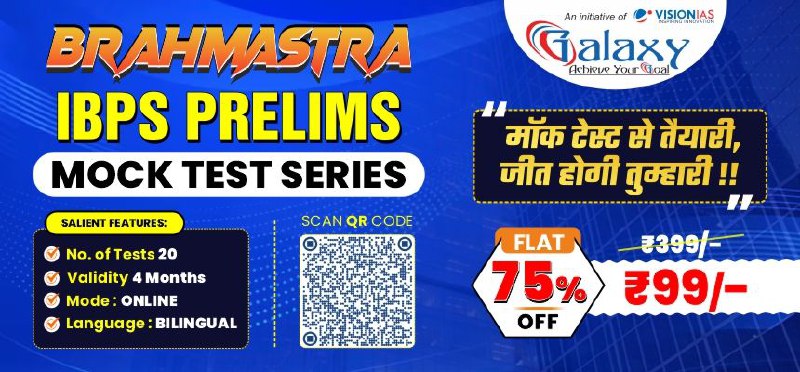01 September, 2025
“Community-led Salt Reduction” Initiative
Mon 14 Jul, 2025
Reference:
- Indian Council of Medical Research – National Institute of Epidemiology (ICMR-NIE) has launched a special initiative titled “Community-led Salt Reduction.”
Key Points:
Objective:
- To reduce community-level salt consumption
- To promote low-sodium salt substitutes
- To provide counseling through health centers and health workers
- To raise awareness through social campaigns like #PinchForAChange
Key Concerns:
WHO Recommendation:
- Daily salt intake per person should not exceed 5 grams.
- Actual Consumption in India:
- Urban areas: 9.2 grams (average)
- Rural areas: 5.6 grams (average)
Diseases Associated with High Salt Intake:
- High Blood Pressure (BP)
- Heart Attack
- Stroke
- Kidney Diseases
Key Features:
| Point | Description |
| Implementing Agency | ICMR-NIE (Indian Council of Medical Research - National Institute of Epidemiology) |
| Launch Year | 2025 |
| Target States | Punjab and Telangana |
| Duration | 3 years |
| Implementation Mode | Through trained health workers at Health and Wellness Centres (HWCs) |
| Main Goal | To reduce salt consumption and control high blood pressure |
| Campaign | #PinchForAChange (Awareness campaign on social media) |
Role of Low Sodium Salt (LSS):
- In low sodium salt, sodium chloride is partially replaced with potassium or magnesium.
- It is a better alternative for heart patients.
- As per research, its use can reduce blood pressure by an average of 7/4 mmHg.
(Source: Dr. Sharan Murali, ICMR-NIE)
Availability & Pricing Analysis:
Survey in Chennai:
- Only 28% of shops had LSS available
- Supermarkets: 52% availability
- Small Kirana stores: only 4% availability
Price Comparison (₹ per 100 grams):
| Type | Average Price |
| Regular Iodized Salt | ₹2.7 |
| Low Sodium Salt | ₹5.6 |
➡️ Due to the double cost, LSS is less accessible to the general population.
Major Issues:
- Low Awareness – People are unaware of the benefits of low sodium salt.
- Low Availability – Especially in rural and small retail outlets.
- High Cost – Expensive for low-income groups.
Salt – General Information:
| Category | Details |
| Chemical Name | Sodium Chloride |
| Chemical Formula | NaCl |
| Natural Sources | Sea water, Rock salt |
| Main Uses | Flavouring food, preservation, industrial chemical production |
| Role in Health | Helps in water balance, nerve function, and blood pressure regulation |
| WHO Recommendation | Less than 5 grams per person per day |
| Average Consumption in India | Urban ~9.2 g/day, Rural ~5.6 g/day |
| Health Impact of Excess Intake | High BP, Stroke, Heart disease, Kidney disease |
| India's Status | India is the third-largest salt producer in the world (after China and USA) |
| Major Producing States | Gujarat (over 75%), Tamil Nadu, Rajasthan |
| Regulatory Body | Salt Commissioner of India – Monitors salt production and distribution |
| Low Sodium Salt (LSS) | In LSS, NaCl is partially replaced with potassium/magnesium – suitable for heart patients |
Additional Facts:
- Salt Satyagraha (1930): A famous movement by Mahatma Gandhi against the British salt tax.
- Iodized Salt: Iodized salt is mandatory in India to prevent thyroid disorders.


















